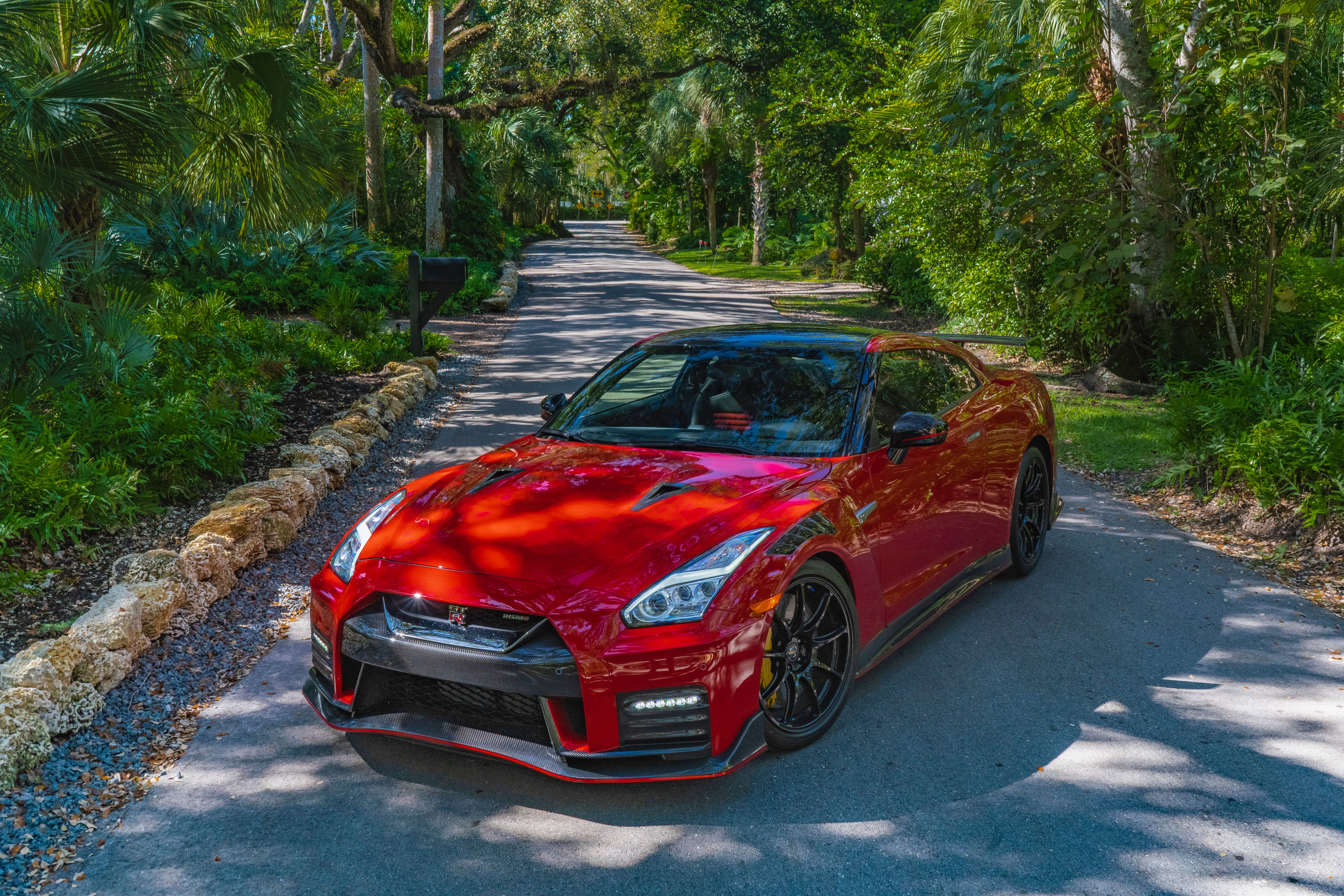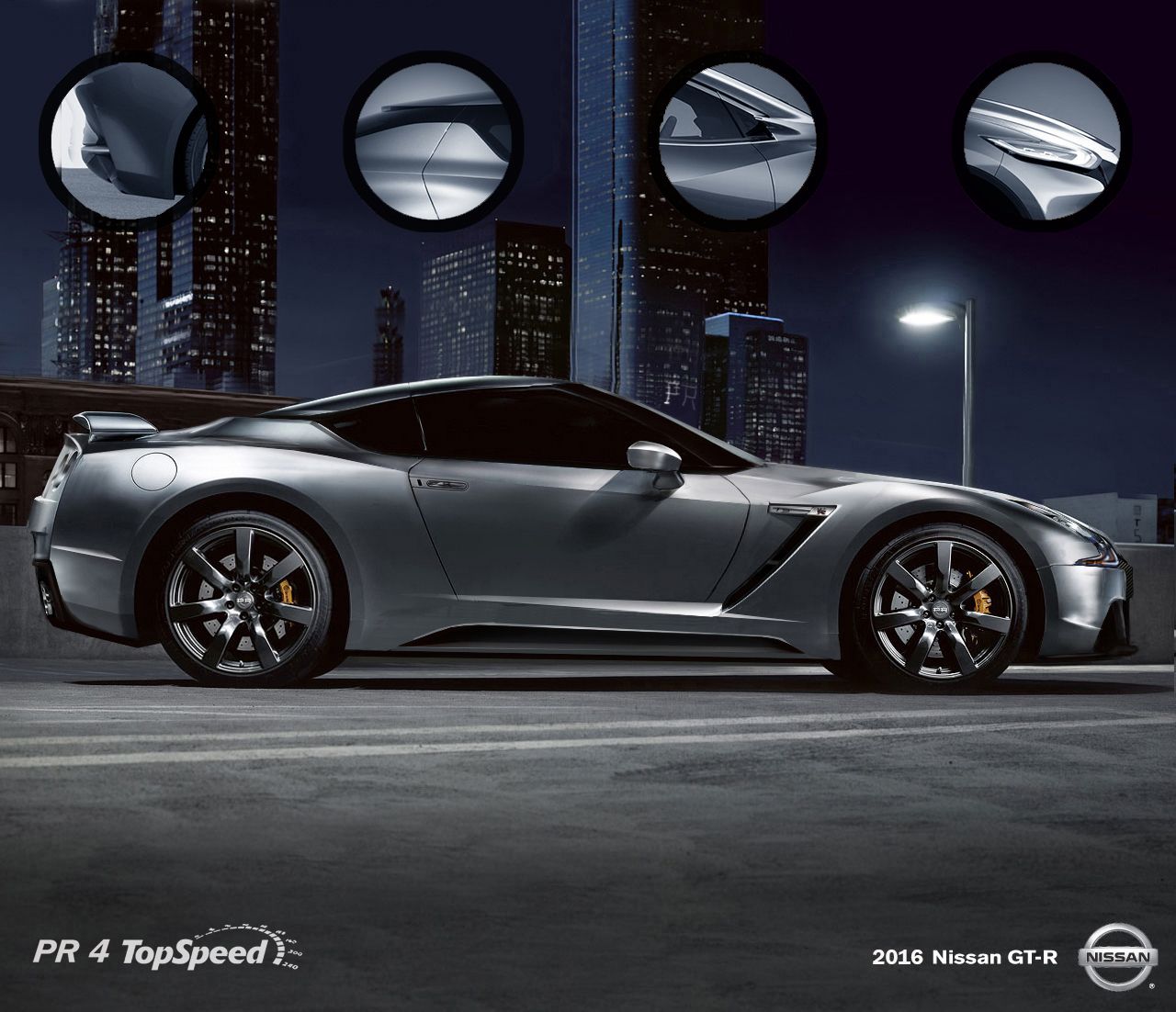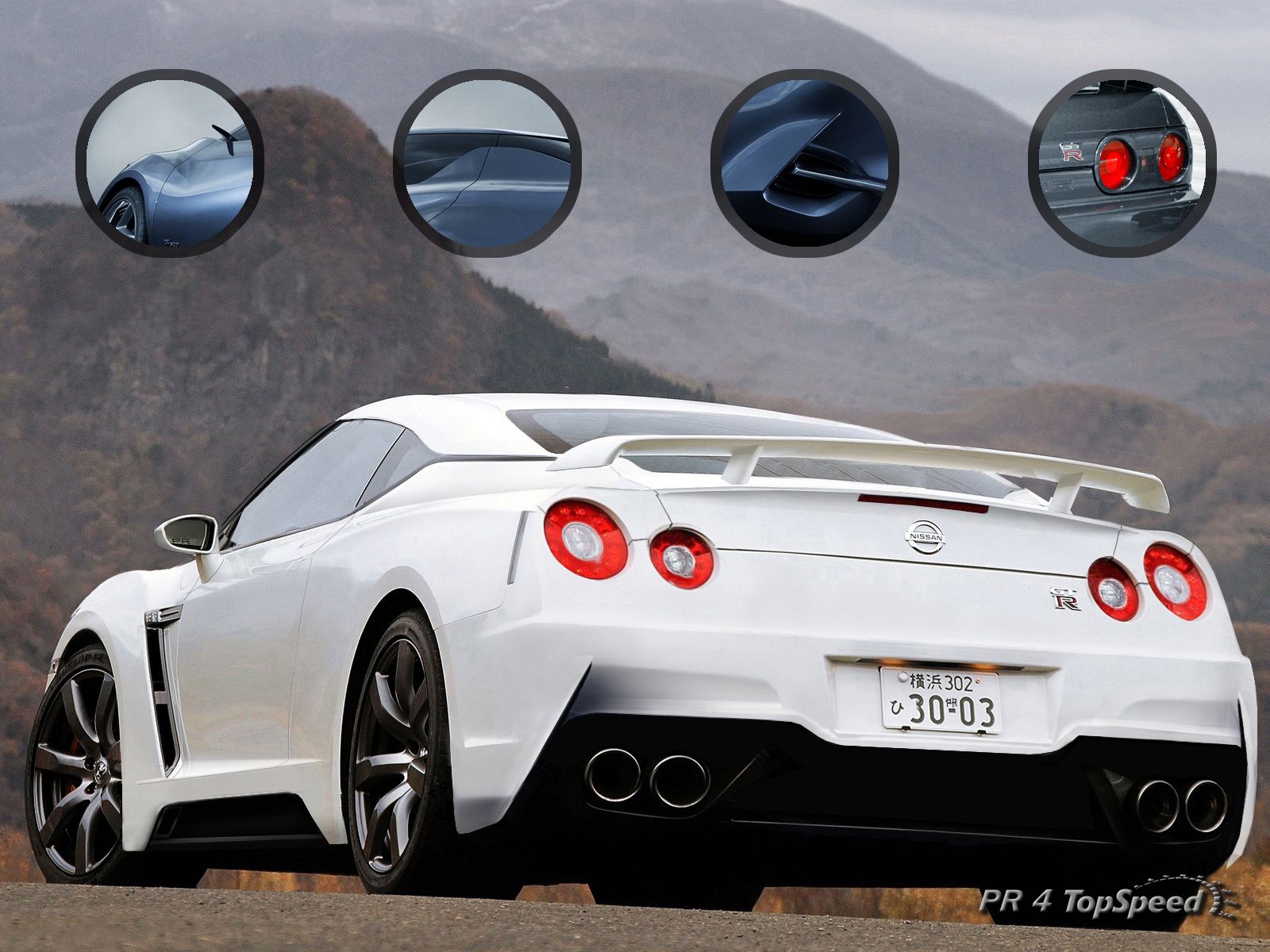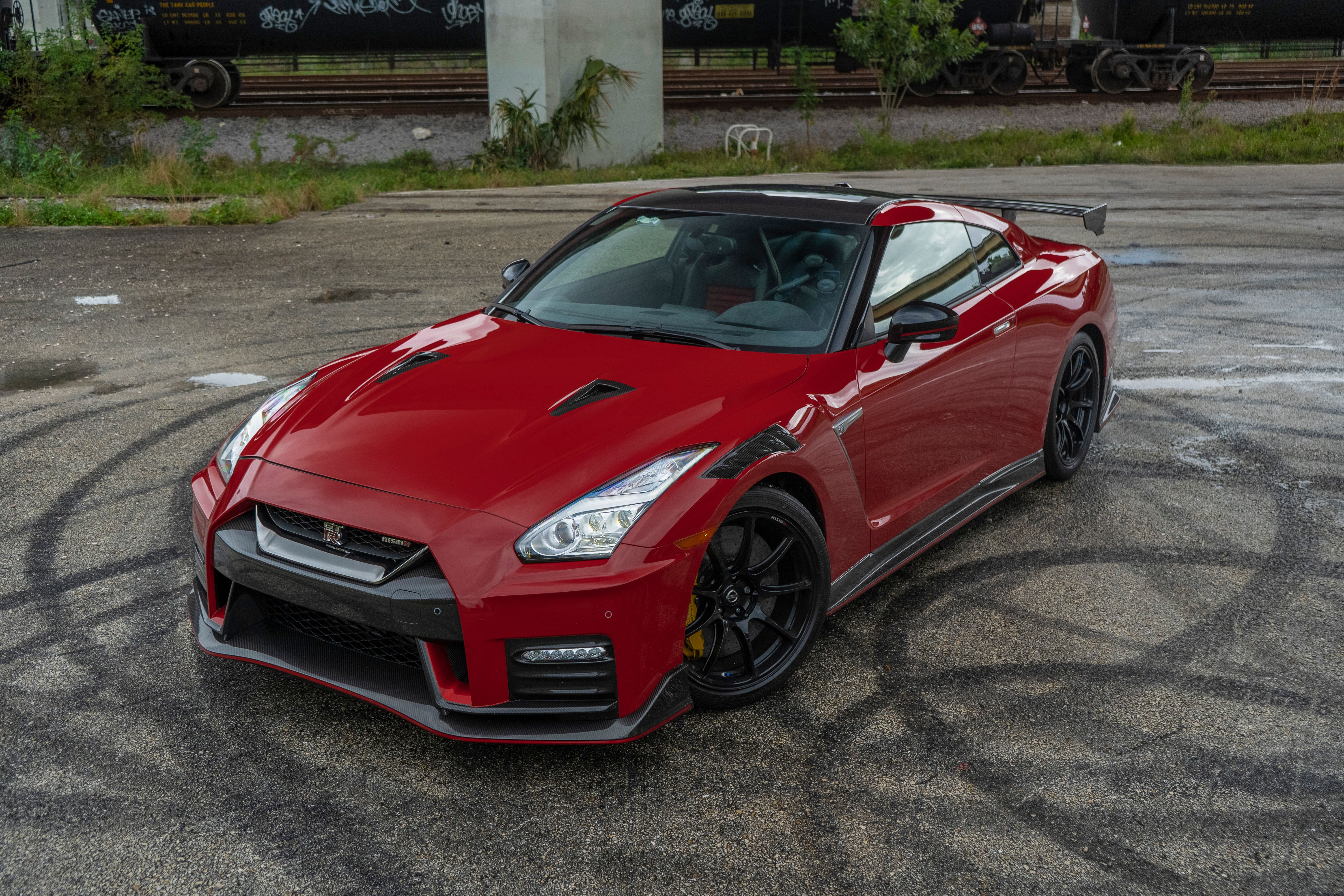Introduced in 2007, the current-generation Nissan GT-R is a bit long in the tooth. Rumors about a new-generation model have been flying around for years already, but it seems Nissan isn't yet willing to let the old GT-R go. So why is the Japanese firm still keeping a 13-year-old model in production? Well, Hiroshi Tamura, the GT-R's chief product specialist, explains that the supercar is difficult to redesign and keep it relatively affordable at the same time.
Why Hasn't Nissan Replaced the GT-R?
Talking to the guys over at Cnet, Tamura confirmed what we already knew: that Nissan is considering electrifying the GT-R for the next generation. "I want to say why not everything? Like a hybrid? EV? Some other solutions? All of the functions, all of the directions, why not study for the future?" he responded.
However, Tamura stresses that any new technological development is very likely to increase the car's pricing, and that's one of the main issues that's keeping Nissan from replacing the old model. Tamura also explains that the GT-R has remained affordable to its performance by not changing over the years. Specifically, although the R32, R33, and R34 models produced from the late 1980s to the early 2000s looked different, "the fundamental platform" on which they were built "didn't change."
All told, Nissan's strategy for those models was to create a solid, reliable platform and then refine it every few years in order to squeeze out better performance, improved aerodynamics, and increasingly modern styling. Needless to say, it's a strategy that has paid off.
It seems Nissan did the same with the R35. Launched in 2007, the current GT-R was updated in 2011 and 2017. Meanwhile, Nissan introduced several limited-edition models, as well as new trims. The list includes SpecV, Nismo, Nismo N-Attack, and GT-R50.
How affordable is the Nissan GT-R?
The 2020 model comes in at $113,540 before options in the United States. That's a notable increase over the 2007 model, which retailed for less than $100,000, but it's still somewhat affordable given the car's impressive performance. But it's a tad more expensive than the Porsche 911, which starts from $97,400, and it's only slightly more affordable than the cool 911 GTS, priced from $120,700.
The Nismo is significantly more expensive, fetching $210,740 before options. This sticker throws the GT-R in the same bracket as the new Porsche 911 Turbo, which starts from $203,500. And it's here where the actual problem begins. The redesigned 911 Turbo is not only more powerful than the Nismo, but it's also just as quick. It also benefits from a lot more brand heritage, so many enthusiasts might find it hard to buy a GT-R over a 911 at this price.
It's probably a good time to roll out a brand-new GT-R with a hybrid drivetrain and notably more power. Even if it's a bit more expensive than the old sports car. Of course, Nissan should avoid making the GT-R as expensive as the Ferrari F8 Tributo and McLaren 720S because it will lose many customers to these brands.




